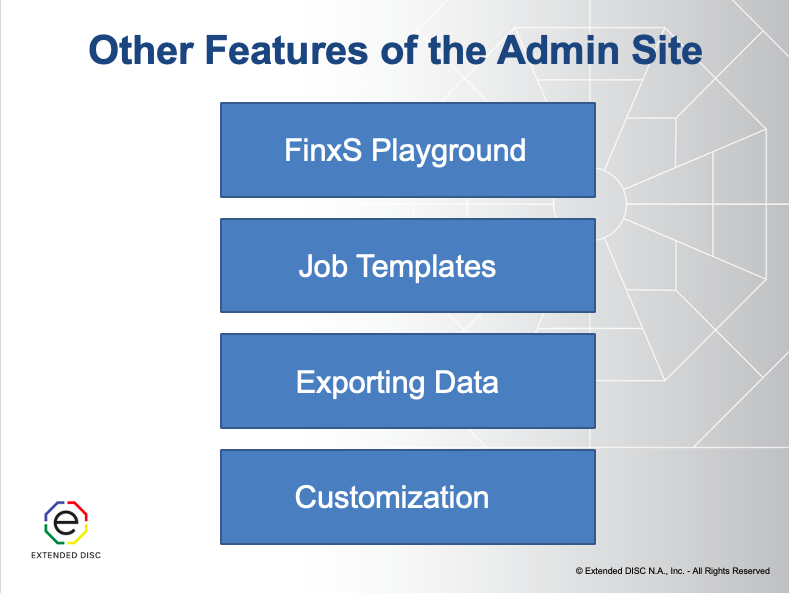
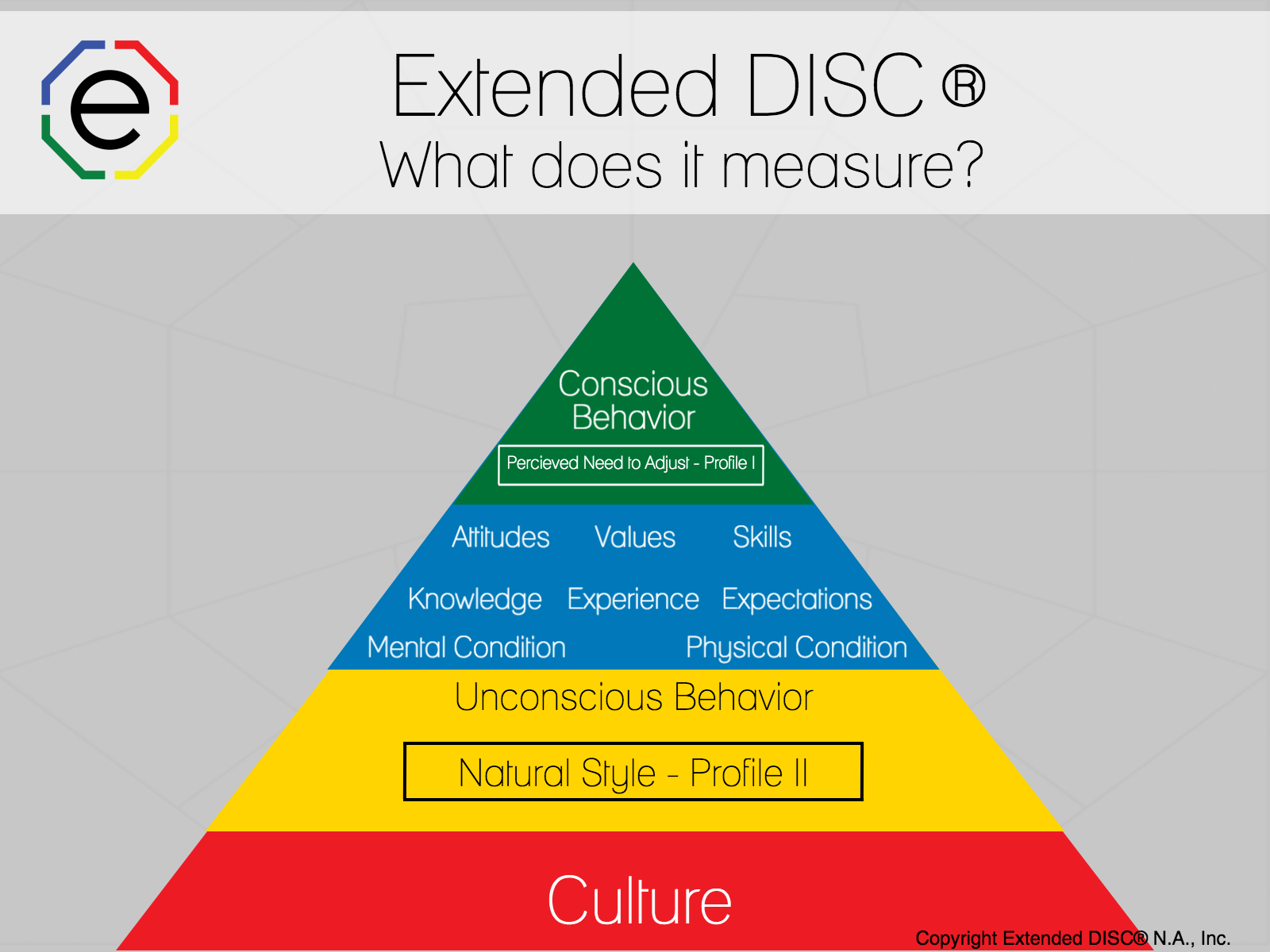
DISC tools are commonly used to enhance workplace communication, but do you actually know what DISC does and doesn't measure?
DISC is a powerful tool because it is easily understood and practical to use. Most of us don't need to know the methodology behind it; we just want to know if we can trust the results. However, if you're curious as to what the Extended DISC® Tool measures and doesn't
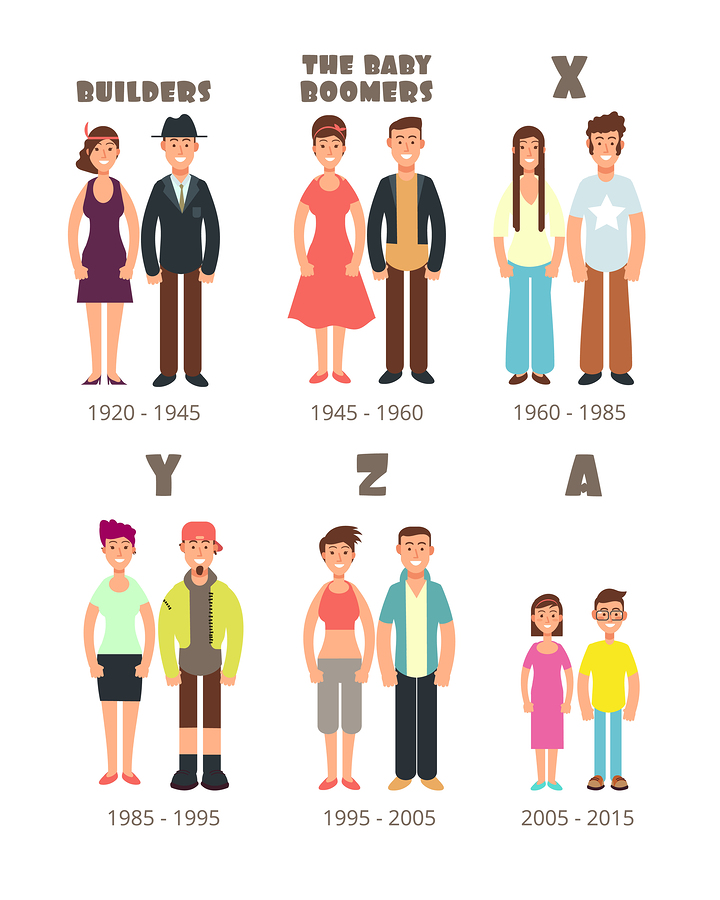
Gen Zs are entering the workforce. Are you prepared for this newest generation?
Is Gen Z Real?
We've all heard of millennials. But who is Gen Z? Well, Gen Z is the generation right after millennials. And, it may surprise you to know they have started entering the workforce. Data suggests that by 2020 this generation will outnumber the millennials. They will make up 40% of the working and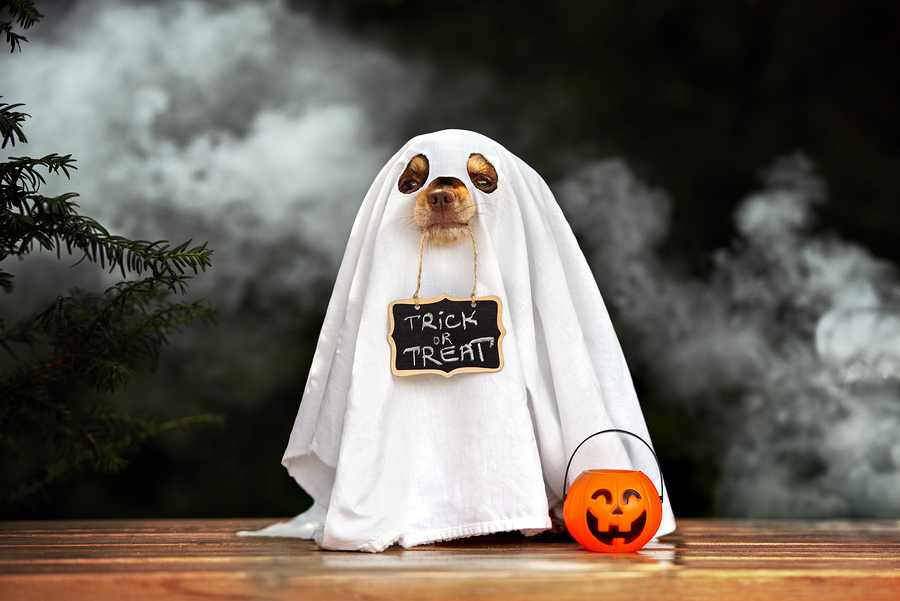
Happy Halloween! Here's a fun way to practice identifying DISC styles using our furry, four-legged, animal friends!
Halloween is upon us! We dress up to attend costume parties or hand out treats. Our kids transform into super heroes, witches, wizards, or pumpkins. Our whole family may join in, including our pooches. Let's look at DISC using our trick-or-treating pups!
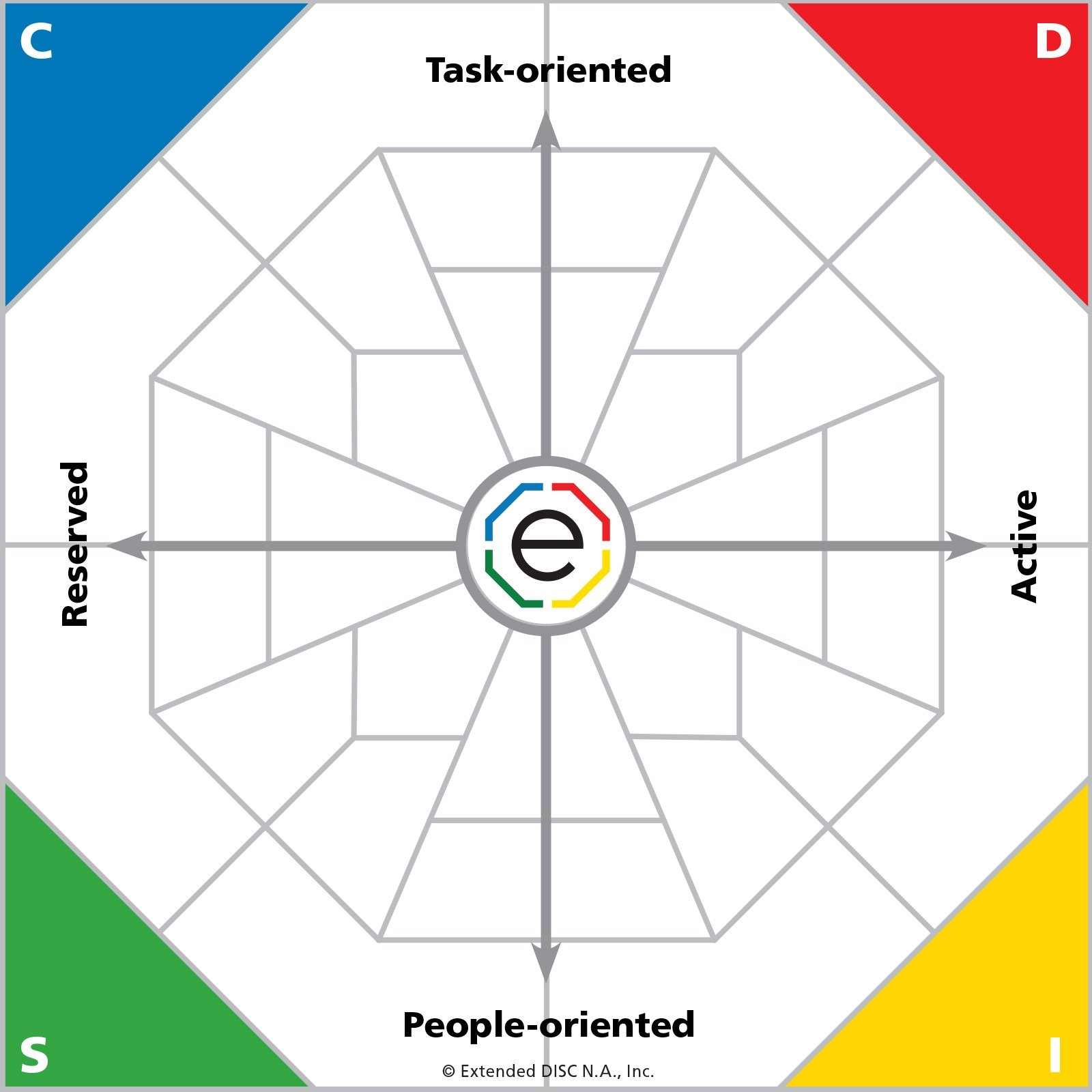
The Extended DISC® Diamond is a powerful behavioral map for analyzing and predicting how we prefer to do things.
What is the Extended DISC® Diamond?
The Extended DISC® Diamond is based on the Four Quadrant Model which identifies four behavioral traits, D-style, I-style, S-style, and C-style. Each of the different combinations of the 4 behavioral traits has a position on the Diamond. Although

The Extended DISC® Assessment's 'At a Glance' section provides a brief visual overview of your client's behavioral style and much more.
The Extended DISC® Assessment's 'At a Glance' section provides a narrative description of your client's typical behaviors as seen by others. Think of it as an introduction to their behavioral style by visually describing their most typical and natural

Creating a practical behavioral action plan to achieve sustainable change improves your client's performance at work and in life.



